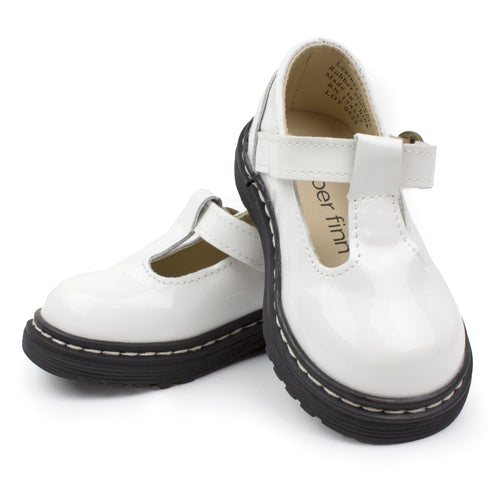Parenting toddlers can be a joyful yet challenging experience, especially when dealing with tantrums. Toddler tantrums are a natural part of child development, often stemming from frustration, lack of communication skills, or a desire for independence. How you respond to these outbursts can significantly impact your child's emotional and behavioral development.
In today’s Piper Finn blog post, we'll explore effective strategies for dealing with and managing tantrums through positive discipline and effective management of toddler behavior.
Why Do Toddler Tantrums Occur?
Toddler tantrums are emotional outbursts characterized by crying, screaming, kicking, and sometimes hitting or biting. These tantrums usually occur between the ages of 1 and 3 as toddlers start to explore their emotions and test boundaries. Common triggers include fatigue, hunger, transitions, frustration, or a desire for control.
Tantrums are a normal part of toddlerhood, and you should approach them with patience and empathy. It's essential to view tantrums as an opportunity for teaching and guiding appropriate behavior rather than a reason for punishment.
How to Deal with Toddler Tantrums
Here are some effective strategies that can help you in managing tantrums and improving toddler behavior:
Stay Calm and Patient
One of the fundamental strategies in managing toddler tantrums is to remain calm and patient. Toddlers are sensitive to the emotional cues of the adults around them, and your response can influence their behavior. Take a deep breath, remind yourself that it’s a typical development phase, and approach the situation with a composed and patient demeanor.
Acknowledge and Validate Feelings
Toddlers often struggle with identifying and expressing their emotions. Acknowledge your toddler's feelings and let them know it's okay to feel upset or frustrated. Use simple language to label their emotions, such as "I see you're feeling angry right now." Validating their emotions helps them feel understood and lessens the intensity of the tantrum.
Maintain a Consistent Routine
Toddlers thrive on routine and predictability. Maintaining a consistent daily routine can reduce the likelihood of tantrums by giving the child a sense of security and stability. Establish and follow regular meal times, naps, playtime, and bedtime routines.
Set Clear Boundaries and Expectations
Establish clear boundaries and communicate age-appropriate expectations to your toddler. Let them know what behavior is acceptable and what is not. Consistency in enforcing these boundaries helps your child understand the limits and reduces tantrums that stem from confusion or testing limits.
Redirect Attention and Offer Choices
When you sense a tantrum brewing, redirect your toddler's attention to a different activity or item. Toddlers often have short attention spans, and a change in focus can sometimes avert a tantrum. Additionally, offering choices within limits (e.g., "Would you like the red or blue cup?") empowers them and reduces frustration.
Use Positive Reinforcement
Positive reinforcement involves acknowledging and praising good behavior. Offer praise and rewards when your toddler manages their emotions appropriately or follows instructions. Positive reinforcement encourages desired behavior and promotes a positive parent-child relationship.
Teach Effective Communication Skills
Help your toddler learn how to communicate their needs and feelings effectively. Encourage the use of words instead of physical or emotional outbursts. Offer them alternatives to express themselves, such as using simple phrases like "I need help" or "I am sad."
Offer Comfort and Affection
During a tantrum, provide comfort and affection to your toddler. Sometimes, your kid simply needs a hug or gentle touch to feel secure and reassured. Showing empathy and comfort can help de-escalate the situation and soothe their emotions.
Implement Time-Outs Appropriately
Time-outs can be effective for managing tantrums, but they must be used appropriately. When using time-outs, ensure they’re brief and clearly explain the reason for the time-out. It provides a moment for both of you to calm down and reflect on the situation.
Model Calm Behavior
Your child will learn by observing what you and other caregivers do. Model the behavior you want to see in your toddler by staying calm and handling stress and frustration appropriately. Show them how to manage emotions constructively.
Final Thoughts
Dealing with toddler tantrums can be challenging, but employing positive discipline strategies and managing toddler behavior can make a significant difference. Remember to stay calm and patient, acknowledge and validate your toddler's feelings, maintain consistent routines, set clear boundaries, and encourage effective communication. Utilize positive reinforcement and affection to guide your child through this crucial development phase.
Image by Vicki Lynn from Pixabay

















